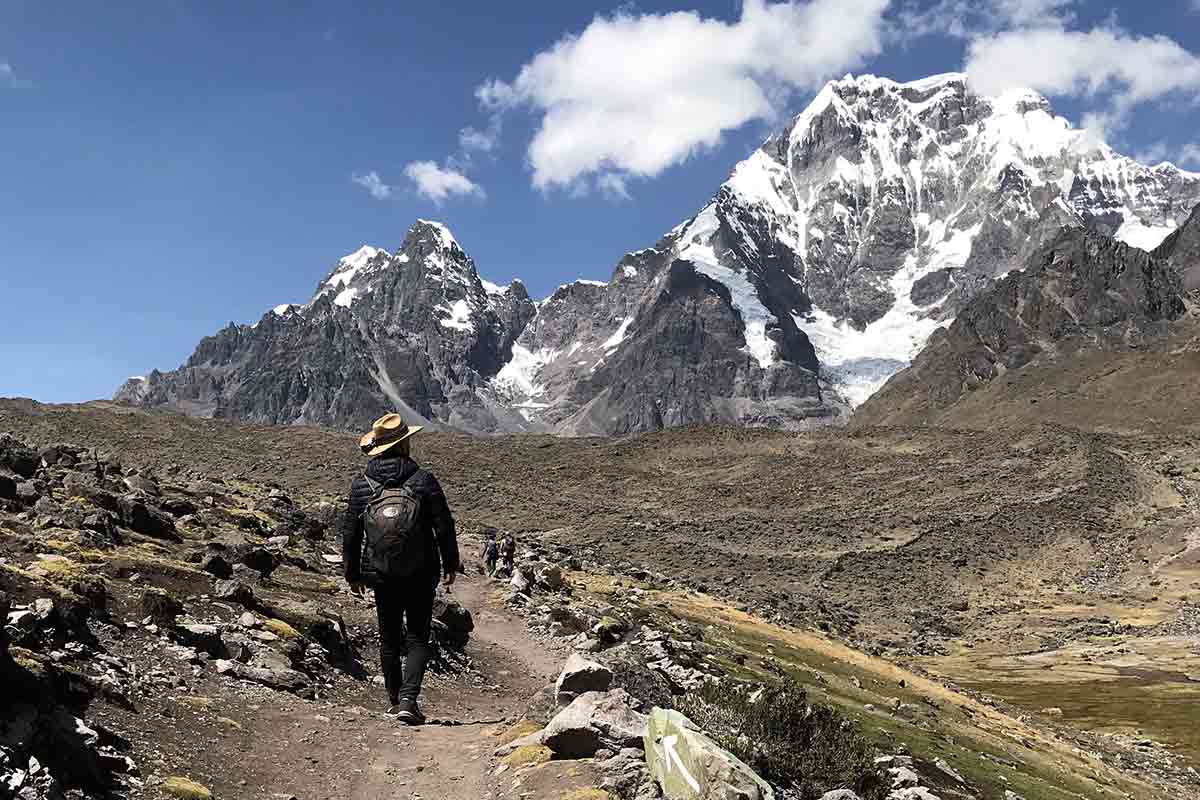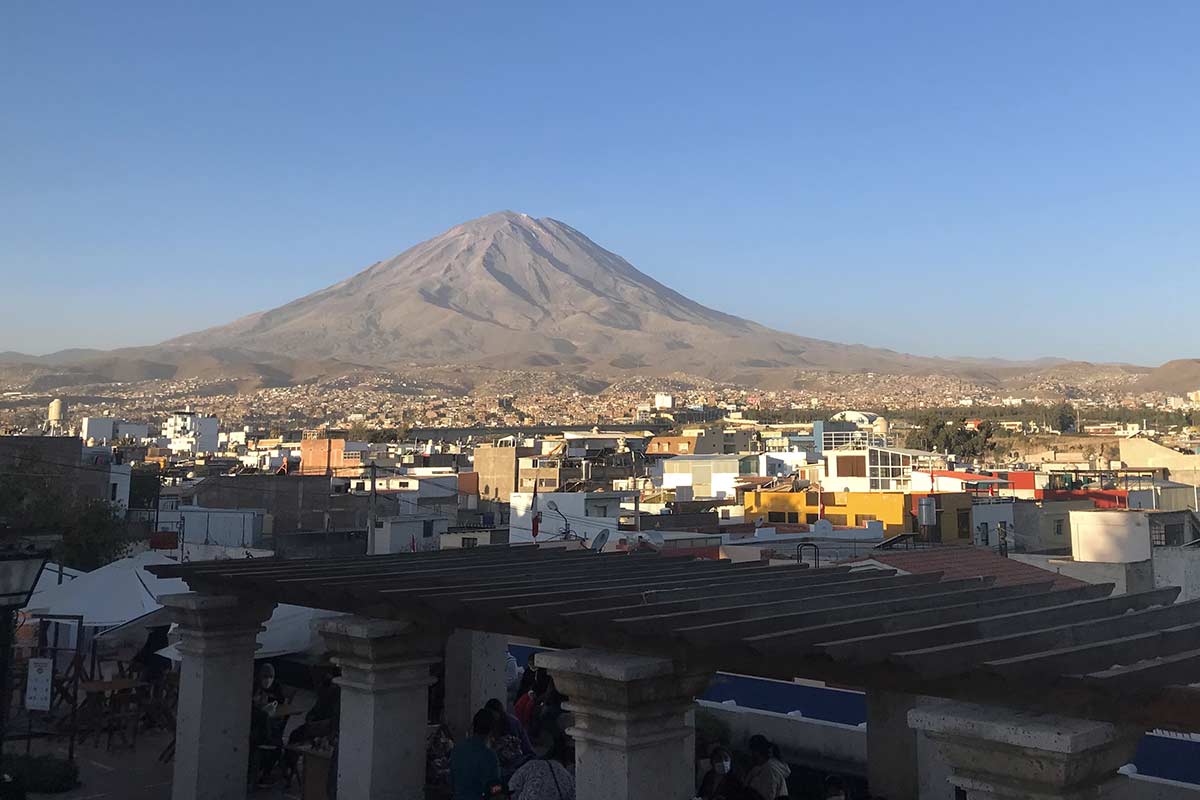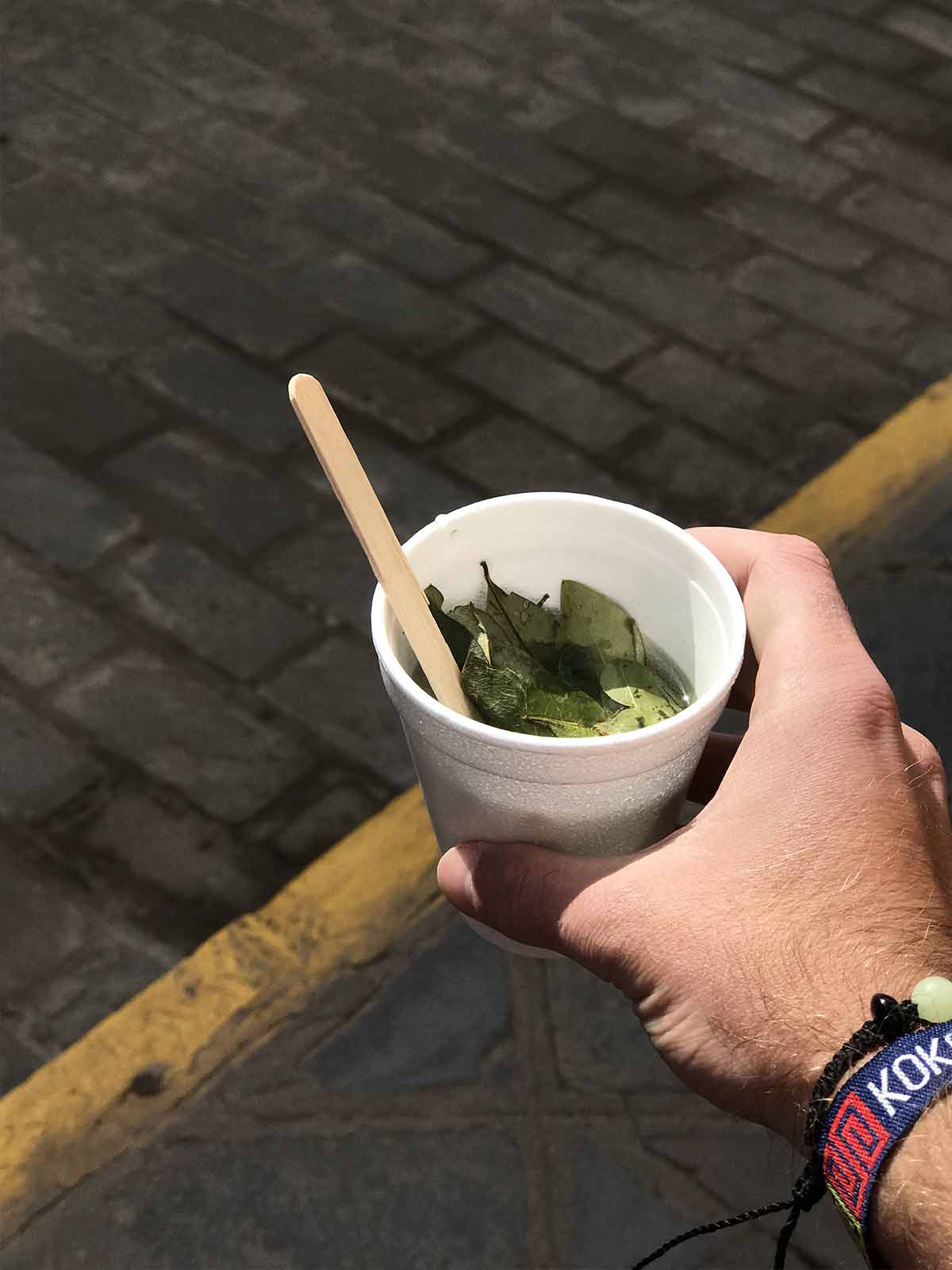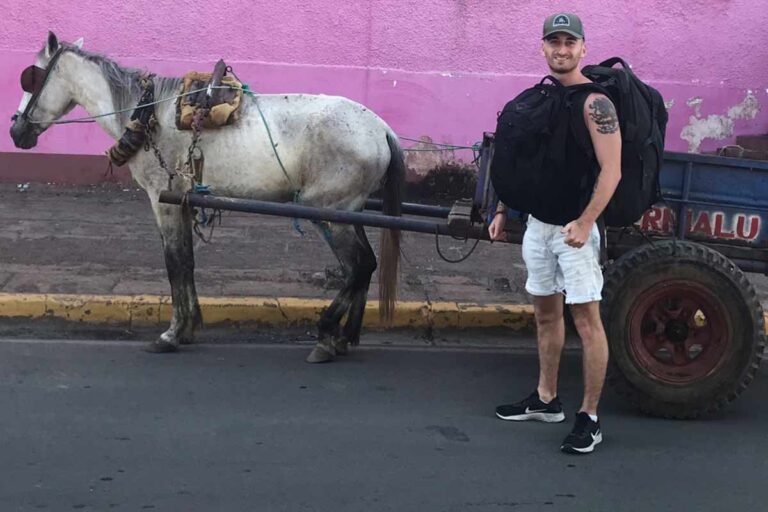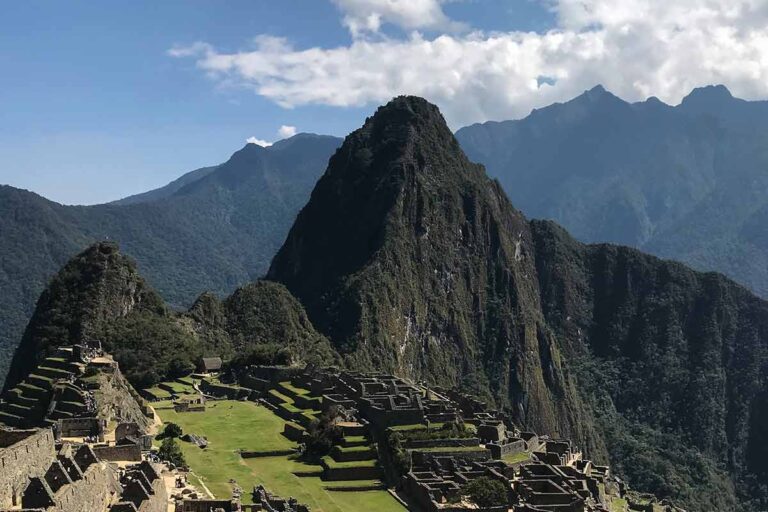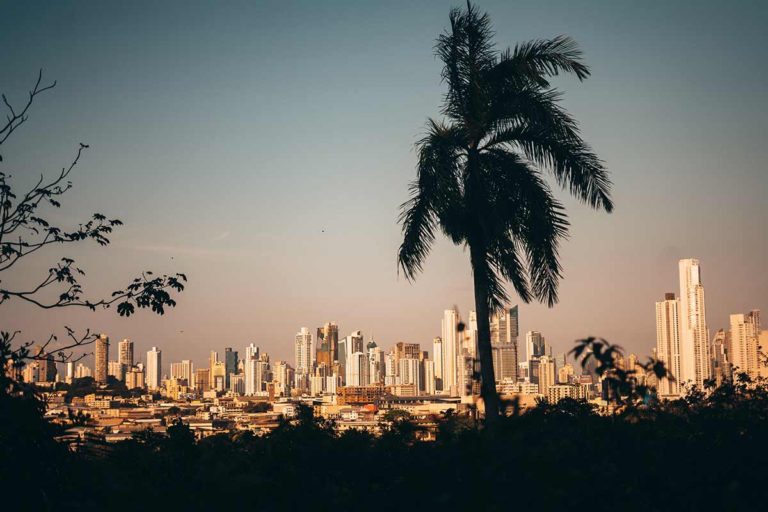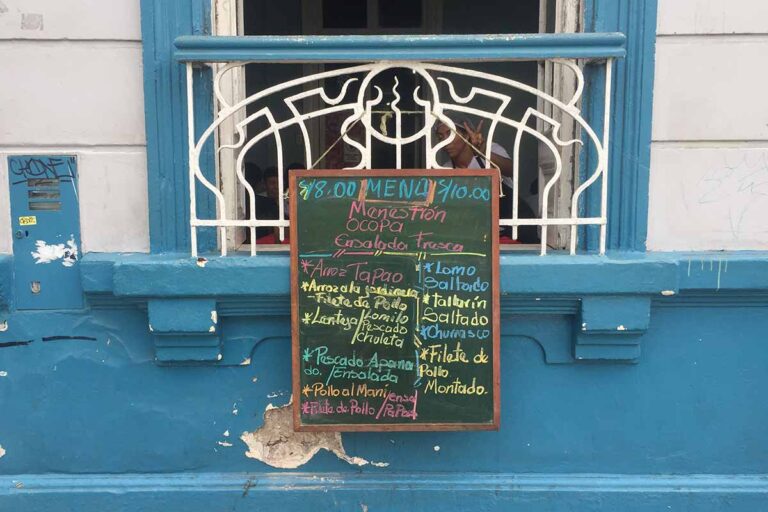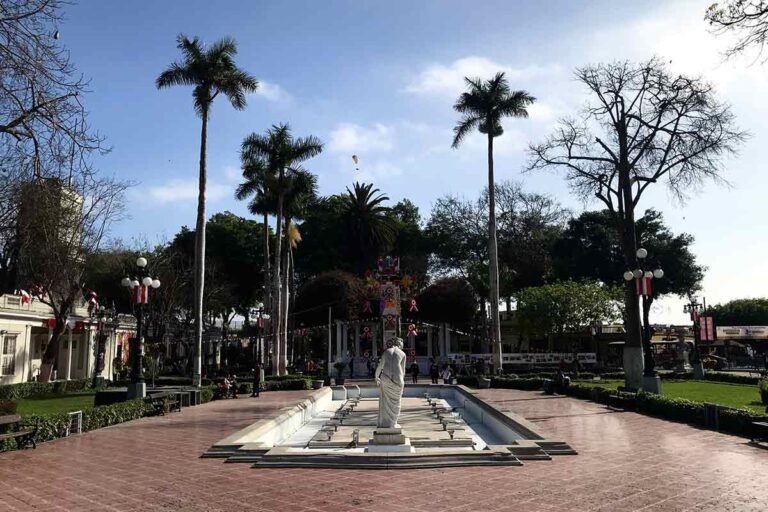How to Prepare for High Altitude Hiking
In this article, are tips to help you learn how to prepare for high altitude.
Unless you’re an avid hiker, altitude sickness will rarely cross your mind as a backpacker.
In Latin America however, there are lots of destinations and cities located at higher altitudes.
How to Prepare for High Altitude
Altitude sickness seems to select its prey at random, so this makes it even more important to prepare at least a bit beforehand (and from my experience getting this several times I definitely recommend reading on).
Below, we’ll look at altitude sickness, what it is and how to best prepare and manage it. If you are backpacking South America any time soon, keep reading.
What is Altitude Sickness?
Altitude sickness itself is a condition where the body has difficulty adjusting to higher altitudes where less oxygen is present.
As a result, many who get this will experience symptoms such as dizziness, sickness and difficulty breathing.
If you’re like me, you’re probably thinking “well I’m in good shape, I don’t need to worry about it”. However, altitude sickness doesn’t seem to correlate with general fitness.
In fact, marathon runners have gotten very ill when I’m higher altitudes, and vice versa the overly obese also at the same high altitude with pretty much no consequences.
It’s just the way it is, so it’s important to prepare at least a bit before which we’ll look at later in this article.
My Experience with Altitude Sickness
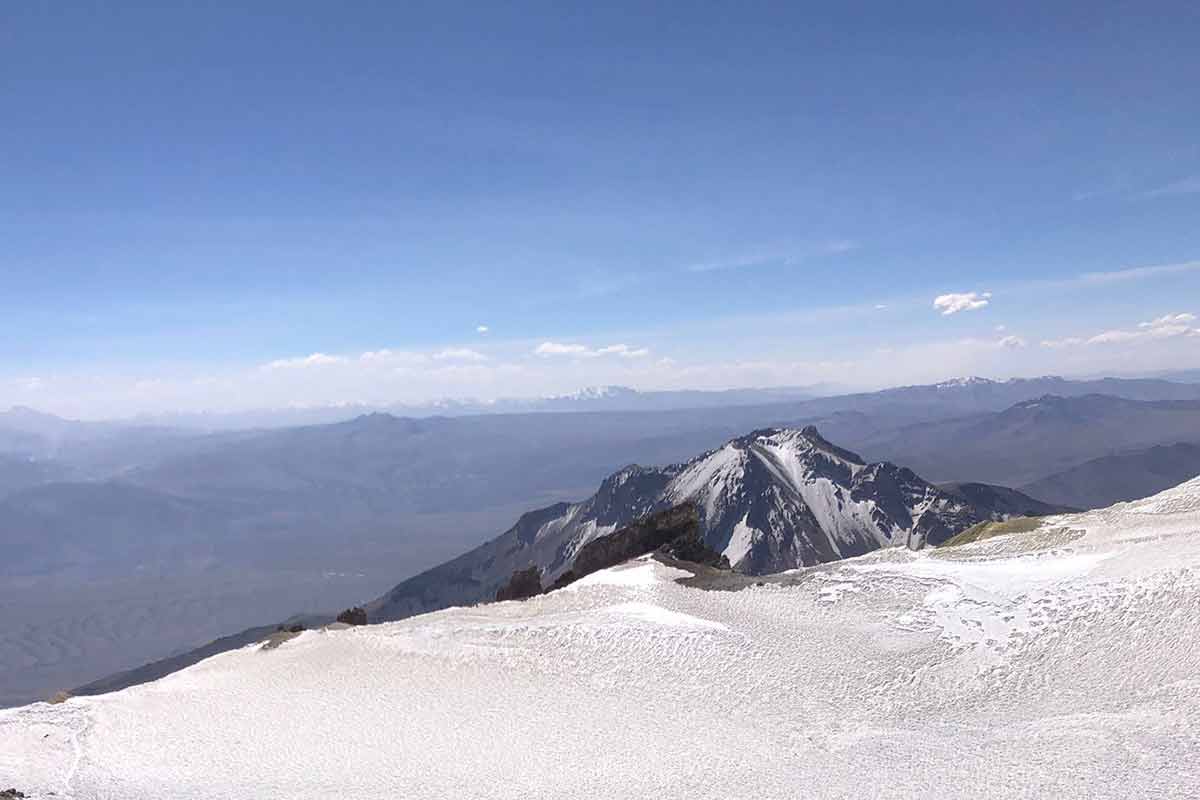
Until I headed to Peru, I never really had to deal with super high altitudes. In fact, the highest I ever probably got to was around 2500 meters.
It was barely 24 hours after that I headed off on a tour to Chachani Volcano, and my prep was lacking to say the least.
I hadn’t acclimatized nor followed the guidance of no alcohol or clean foods before. I feasted on local street food like normal and was convinced that my previous hiking experiences (which isn’t much) would get me over the line.
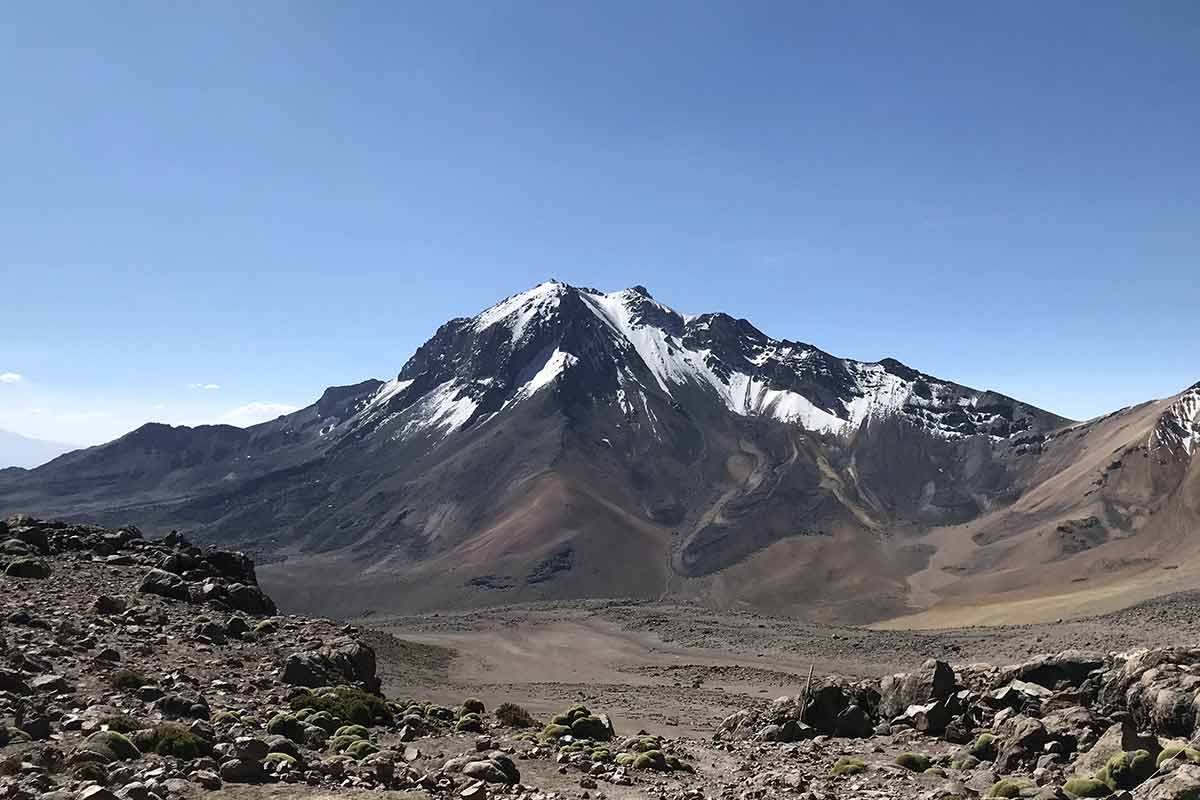
2 hours into the hike I was being sick and falling over, and had to leave the group at base camp whilst they ascended to the peak. 8 hours alone in this state was probably enough time to learn my lesson.
I did also get altitude sickness whilst in Cusco, due to the city’s higher altitude. This was less severe but did make walking up hills more tiring, with some headaches coming and going before I learned to take the Coca Leaf Tea which we’ll cover now below.
Preparing for Higher Altitudes
With that all said and done, let’s learn how not to be like me and avoid getting ill in higher altitudes with 2 solid tips.
Tip 1: Respect High Altitudes
It goes without saying, if you’re not used to it to then you’re best spending your first few days really chill and not pushing too much activity.
Your body needs time to acclimatize (around 48 hours), and trying too much too soon makes things very hard for your system (as seen with my hike attempt in Arequipa).
By simply taking this mindset of respect and applying it when you arrive, you’ll find a little more patience with yourself and your body, which if you’re like me who likes to do everything too quickly, will be much needed here.
Tip 2: Coca Leaves
This sacred tea used by Incas is one of the absolute musts when hiking high altitudes in South America.
I don’t know exactly how or why it works, but its used by pretty much everyone in higher altitudes.
Even in Cusco they have coca leaves next to the breakfast stands, and its pretty much a daily ritual there and other similar high-altitude cities.
So, make sure you buy Coca Leaves!
Tip 3: Get the Basics Down
It goes without saying, getting everything else right will help your body to deal with any symptoms of altitude sickness whilst hiking.
This includes bringing fruit and chocolate on the hike, as well as hiking gear to make things easier. We recommend investing in a solid pair of hiking boots (guys see here, and ladies see here), thick coat, some backpacking gloves and a hat to prevent getting head burns.
How to Prepare for High Altitude
Whilst I’m not the most experienced hiker out there, having had altitude sickness has definitely sobered me up to what can happen at higher altitudes.
You may get lucky and not have any symptoms, however following some of our tips in this guide should help relax you, especially as it can be pretty brutal.
Just don’t drink alcohol or eat junk food before you hike, and you’re already halfway there.
Whether you are thinking of backpacking Argentina, Peru or Bolivia to do some hiking, I hope you can use some of this advice to own advantage.
👉🏽 P.S. If you’ve found this guide helpful, buy us a coffee here to say thanks! Or, support us by downloading our South America Travel Bible to get our best content.
“Dear traveler! Some links in this post contain affiliate links. Meaning, if you click through and make a purchase, book a hostel or sign up for a tour, we may earn a small commission at no additional cost to you. Your support means a lot and helps us to carry on traveling and maintaining the quality of this site for you.”

